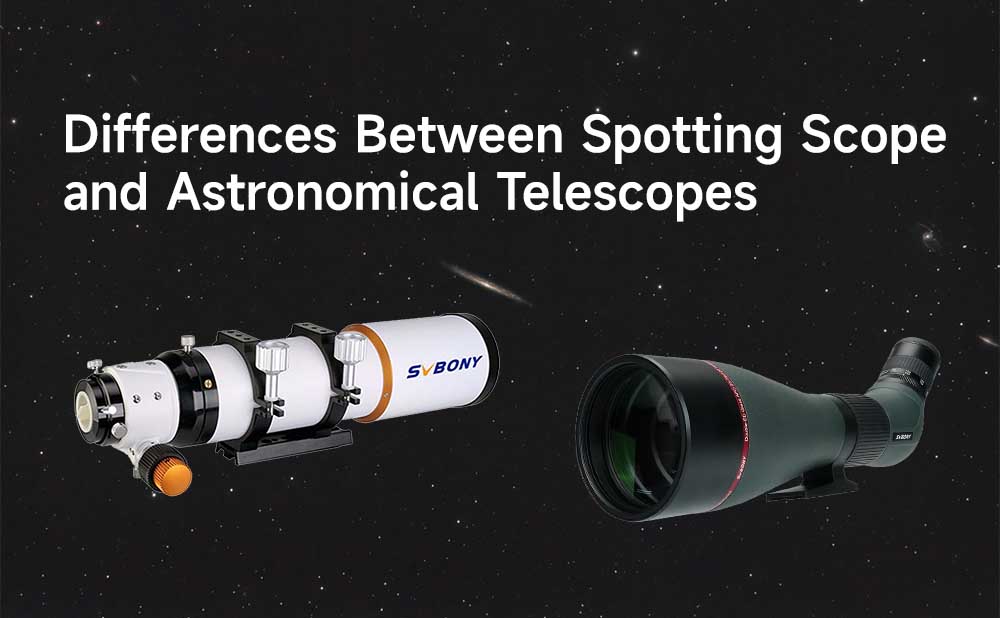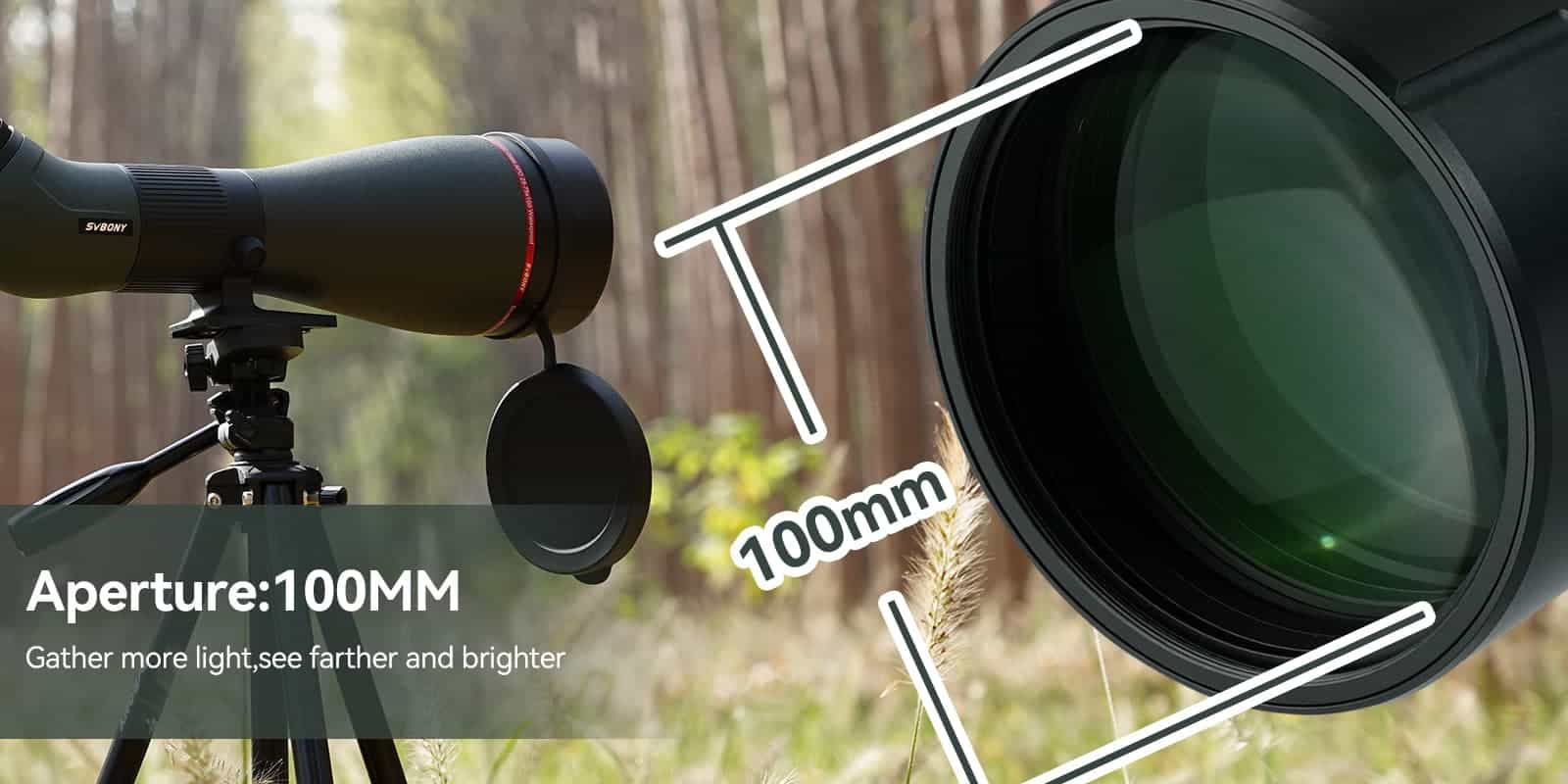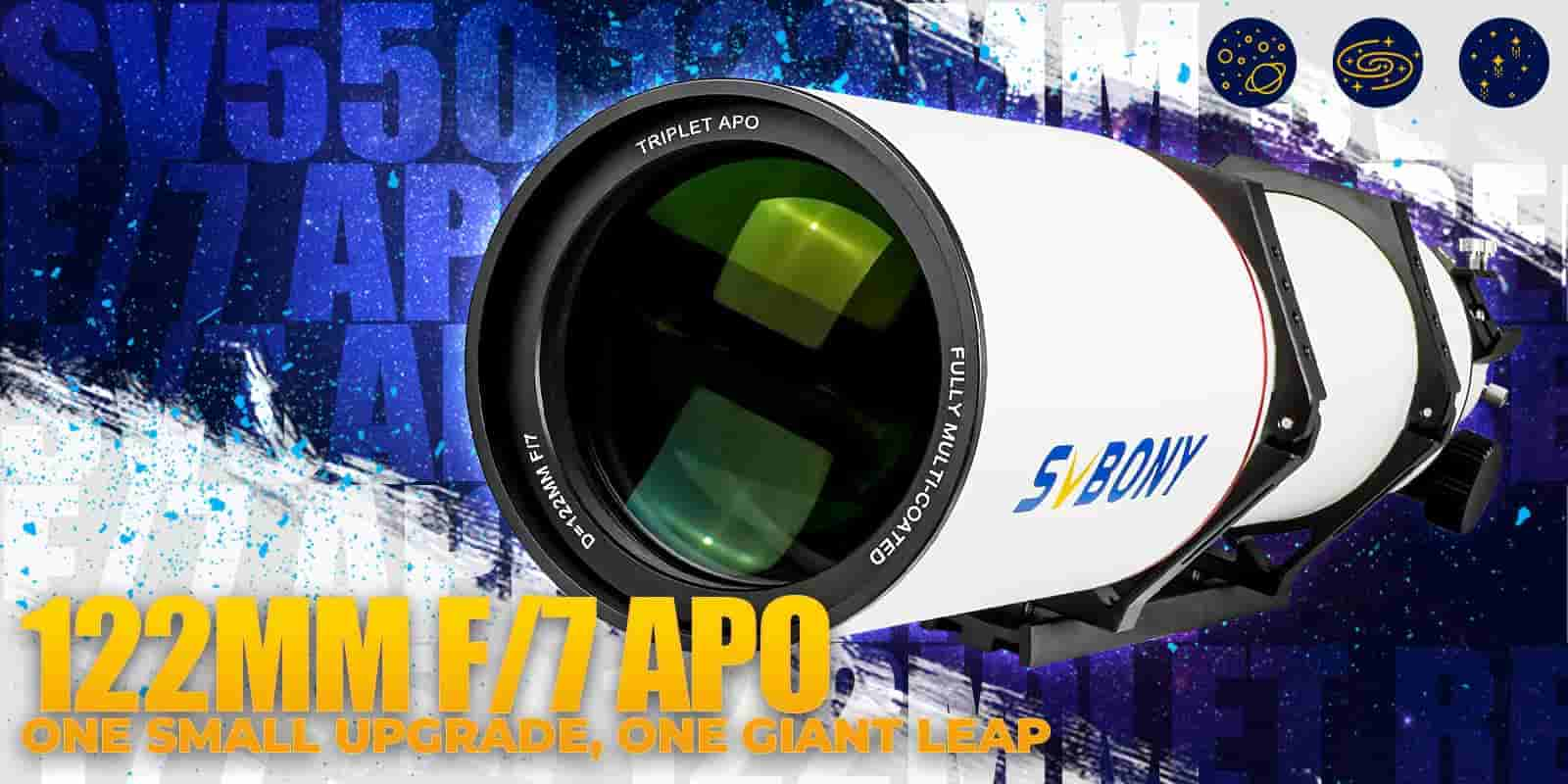Differences Between Spotting Scope and Astronomical Telescopes

Differences Between Spotting Scope and Astronomical Telescopes
Introduction
Spotting scope and astronomical telescopes both belong to the category of optical instruments, but they have significant differences in design, structure, performance, and suitable applications. This article will explore these distinctions and whether the two can be used interchangeably.
Appearance and Portability
Length: The tube length of spotting scope is generally within 40cm, making them compact and easy to carry.
Optical System: They typically use a refractor optical system, characterized by a larger front end and a smaller rear end, resulting in a more compact design.
Length: The tube length of astronomical telescopes usually ranges from 40cm to 90cm or even longer, making them bulkier and less portable.
Optical Types: They can be categorized into refractor, reflector, and compound types, each with different shapes and complexities.


The above picture shows SV550 122 telescope and SV406P spotting scope
Structural Differences
Simple Structure: Typically consists of just the main tube, eyepiece, and tripod, making assembly straightforward and user-friendly.
Complex Structure: In addition to the main tube, eyepiece, and tripod, they include components like equatorial mounts, counterweights, finderscopes, and accessory trays, which require calibration before use, adding to their complexity.
Performance Differences
Aperture: Commonly have an aperture between 65mm and 100mm, allowing for 20x to 70x magnification when paired with zoom eyepieces.
Protection Features: Due to their compact design, many spotting scope are nitrogen-filled and waterproof, making them suitable for use in humid conditions.
Aperture: Apertures typically range from 50mm to 130mm, with high-end models exceeding 200mm, offering maximum magnifications often reaching 100x to 200x or more.
Protection Features: Generally lack dust and waterproofing, which means they are not ideal for use in humid or dusty environments.
Suitable Applications
Designed for Birdwatching: Equipped with continuously variable eyepieces that allow for easy adjustments in magnification with a simple rotation of the dial.
Limitations: While effective for observing larger targets like the moon, they struggle with more distant and smaller objects.
Designed for Astronomy: Many astronomical telescopes produce inverted images, and changing magnification requires swapping out eyepieces, allowing for efficient observation of distant celestial bodies.
Limitations for Ground Observation: Using an astronomical telescope to observe terrestrial objects may result in inverted images, and the complexity of setup and portability can further limit its practical use in this context.
Conclusion
While both spotting scope and astronomical telescopes can be used for observational purposes, their design and functionality lead them to excel in different scenarios. spotting scope are known for their portability and ease of use, making them ideal for outdoor birdwatching and nature observation, while astronomical telescopes provide the power necessary for deep space exploration. When choosing between the two, users should consider their specific needs and intended applications.








